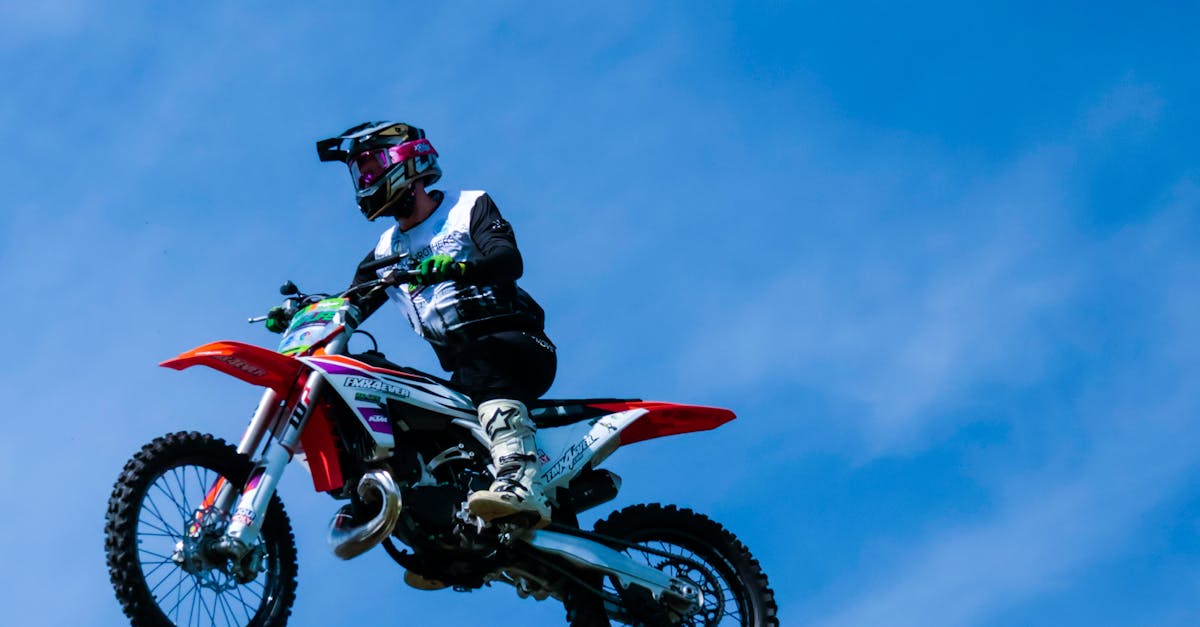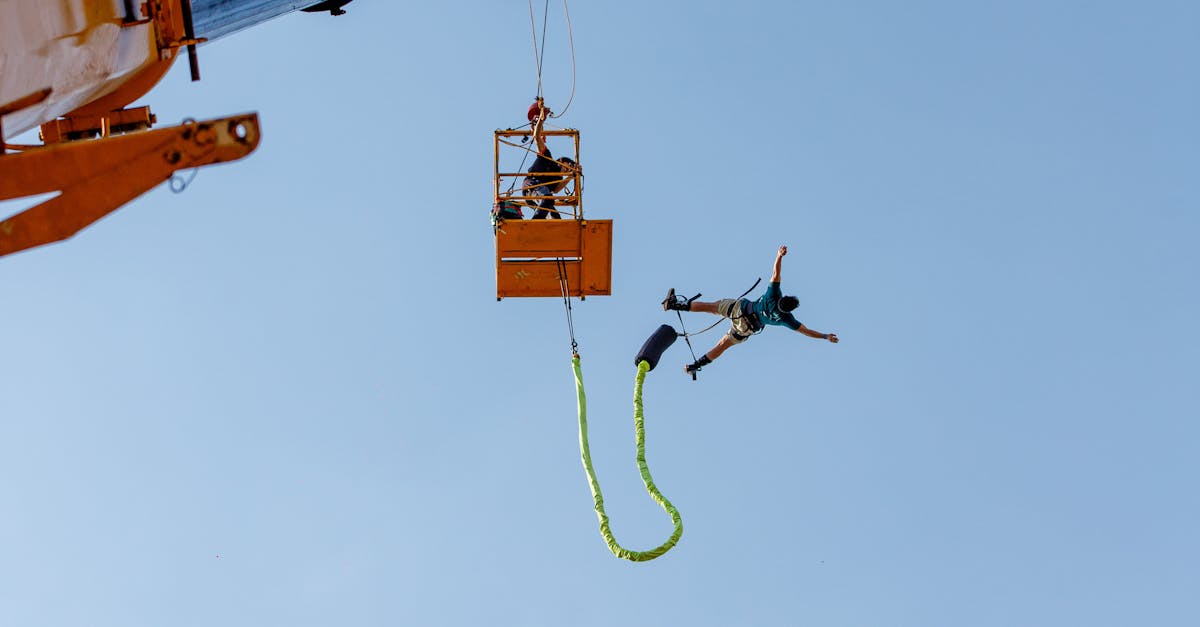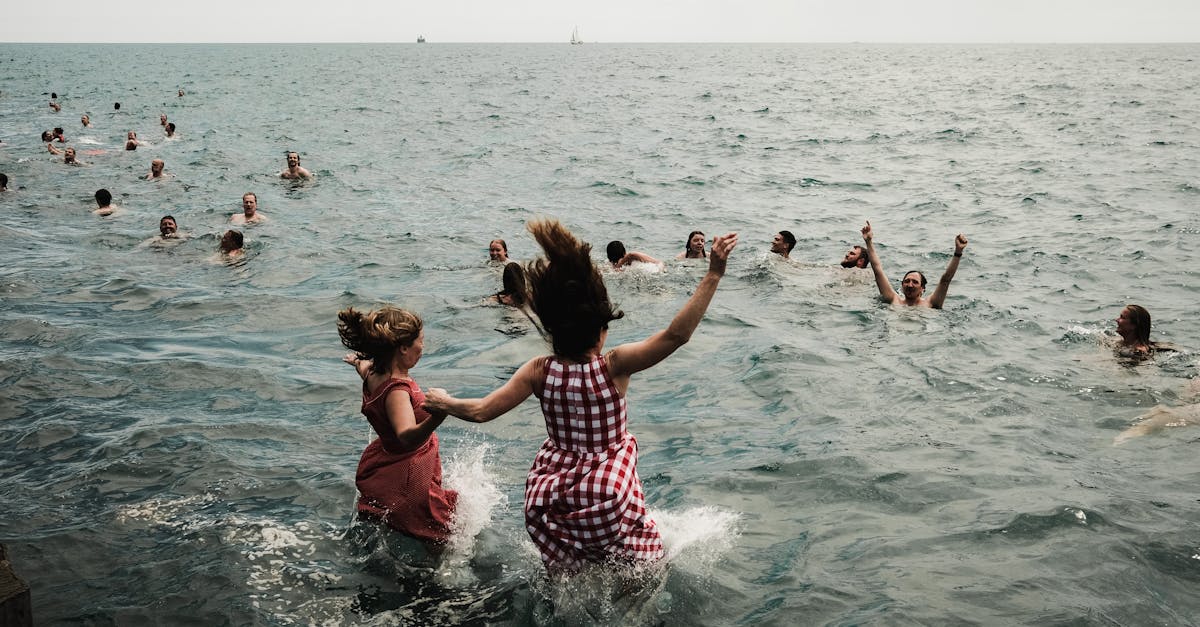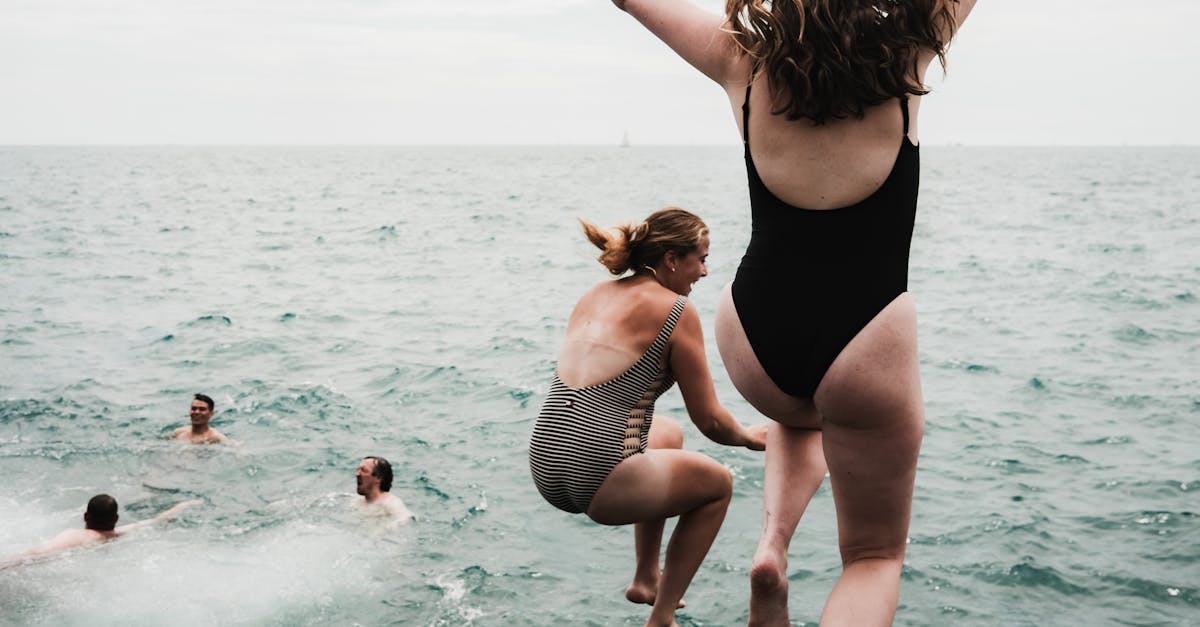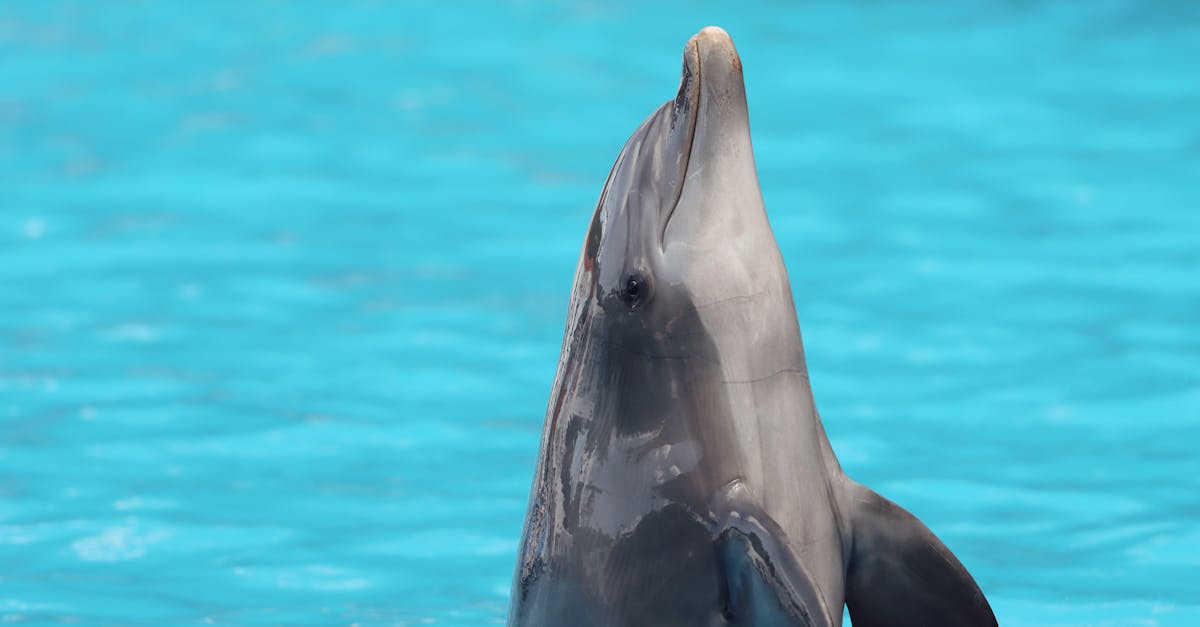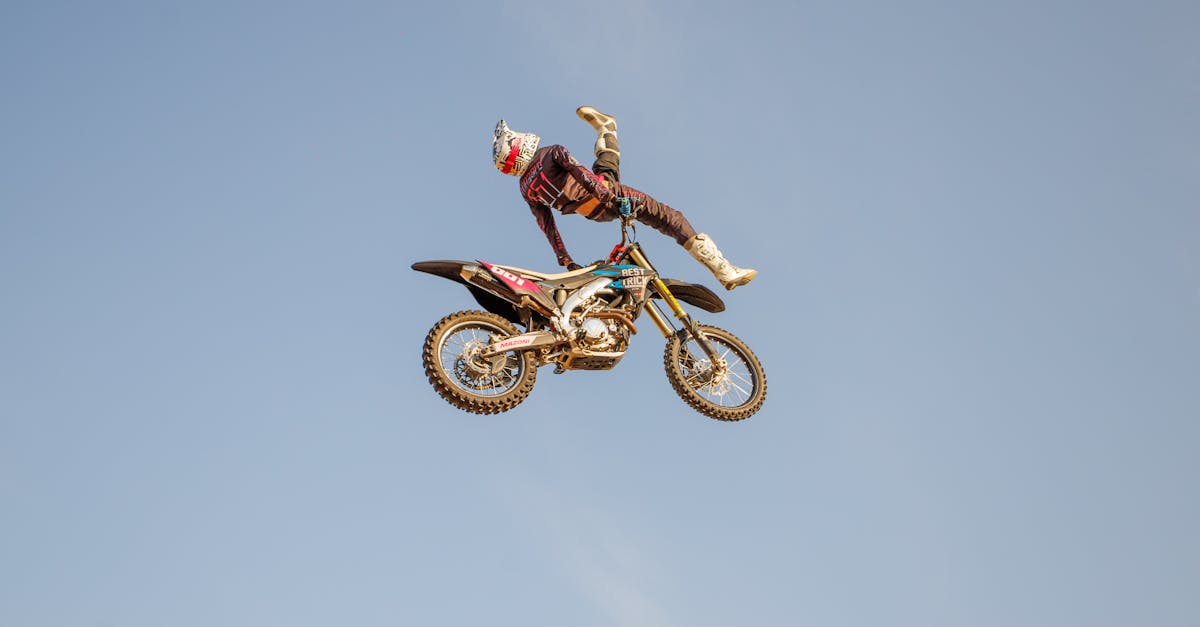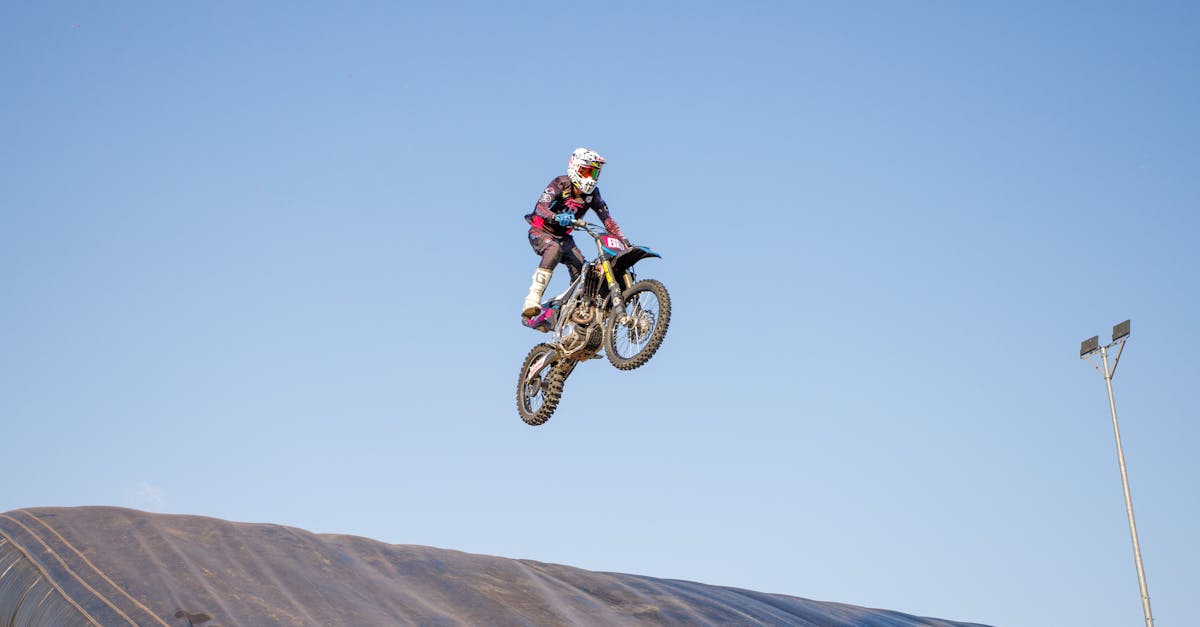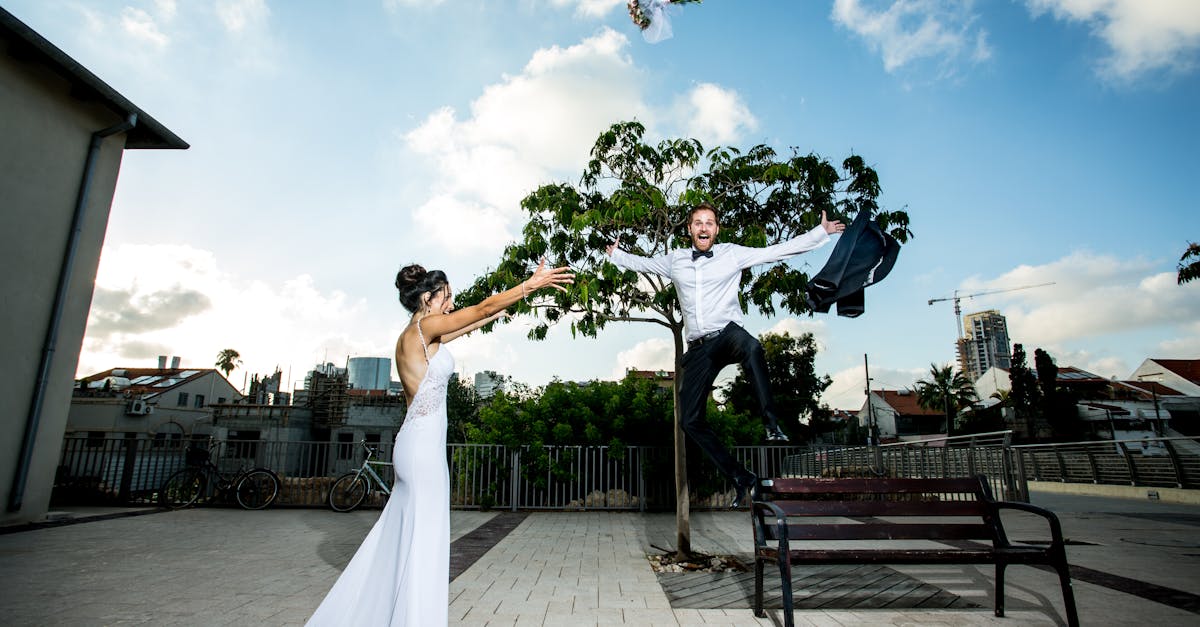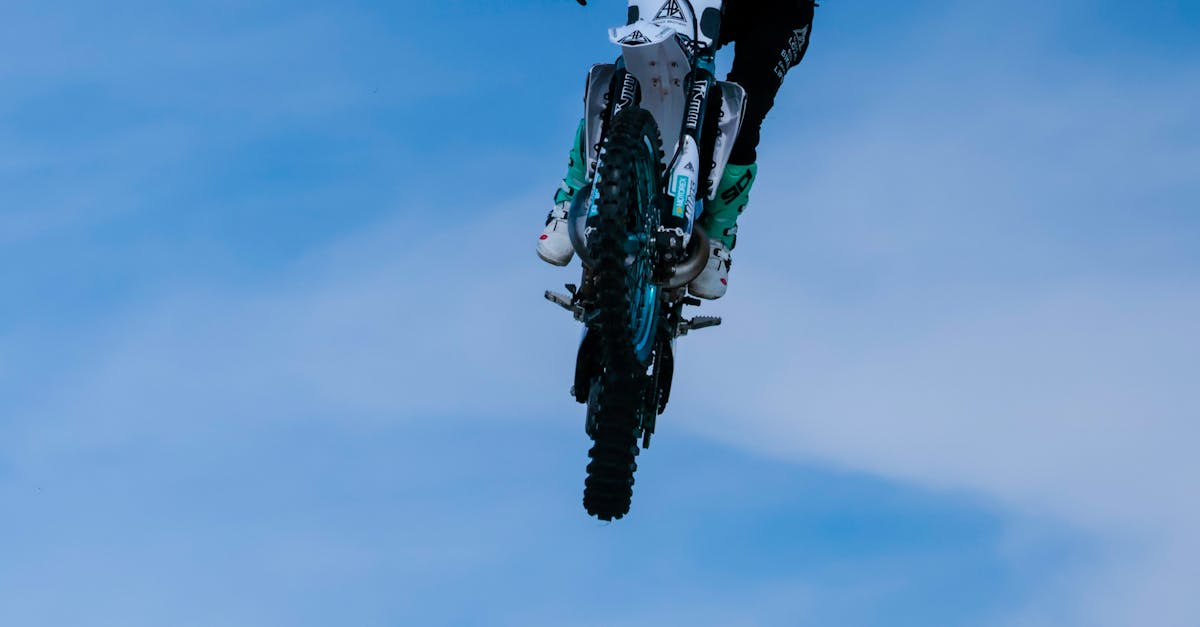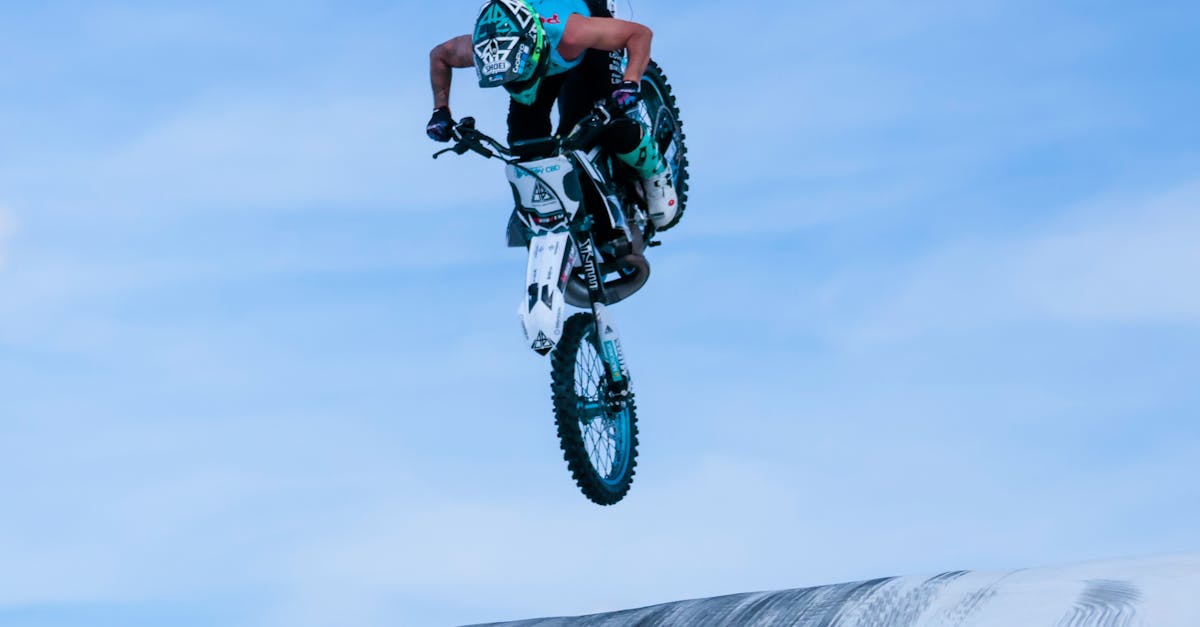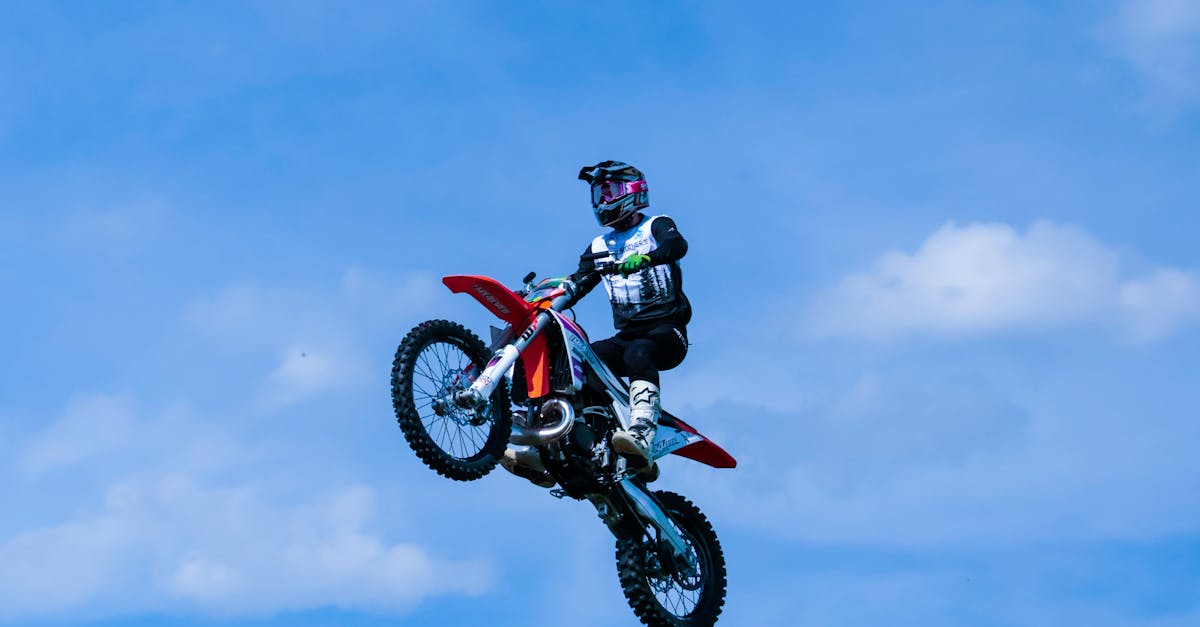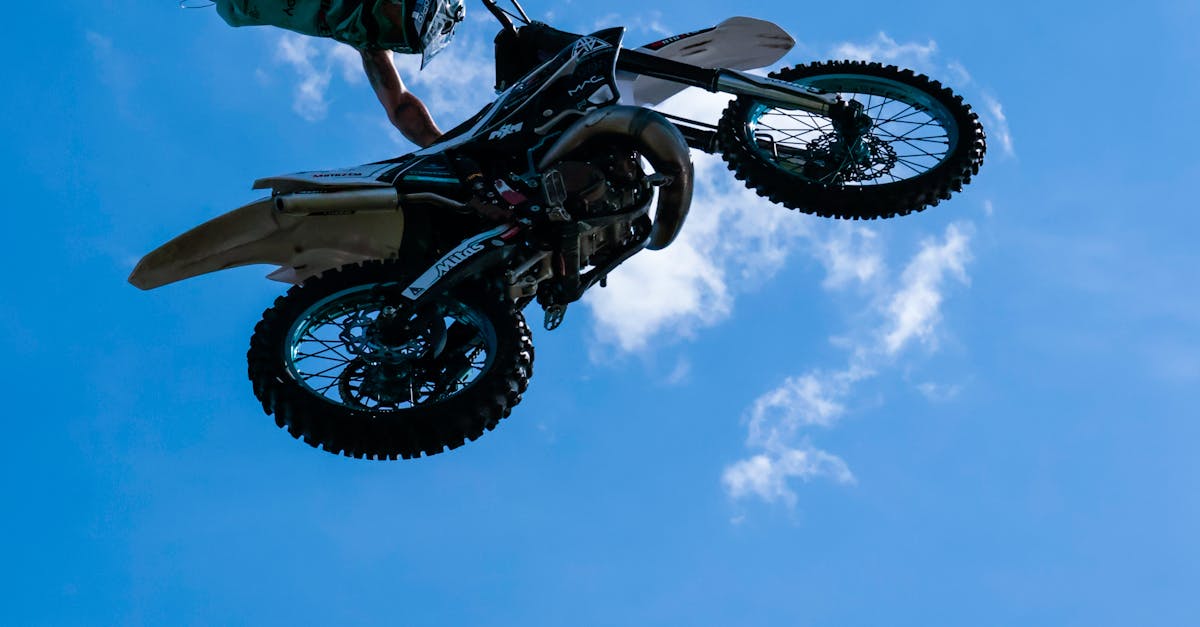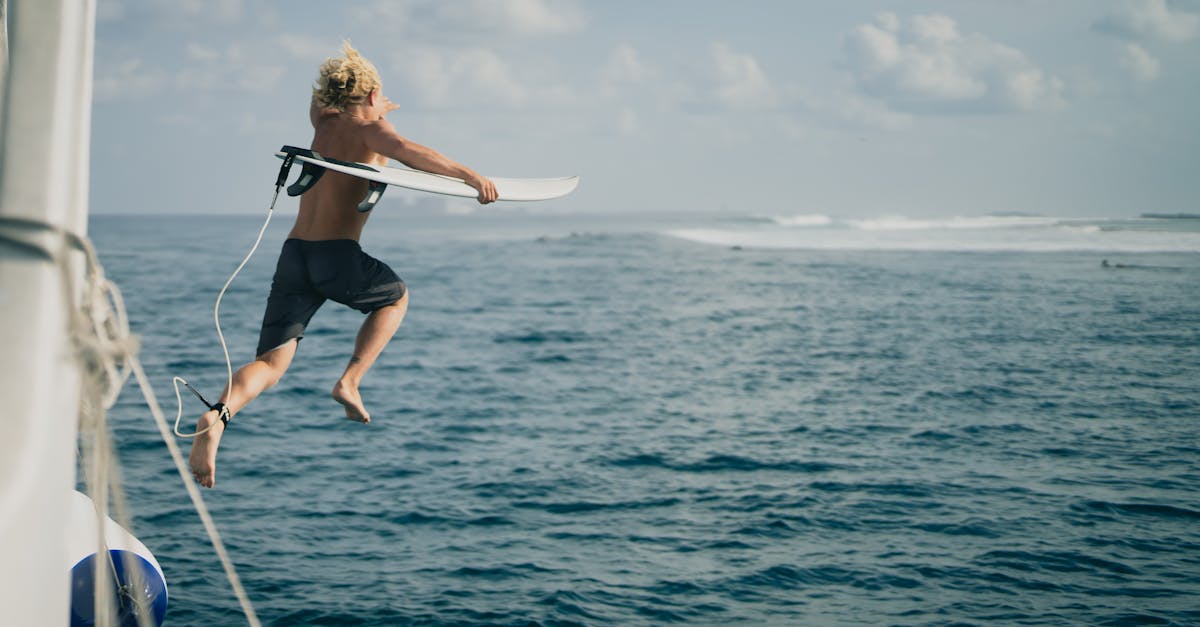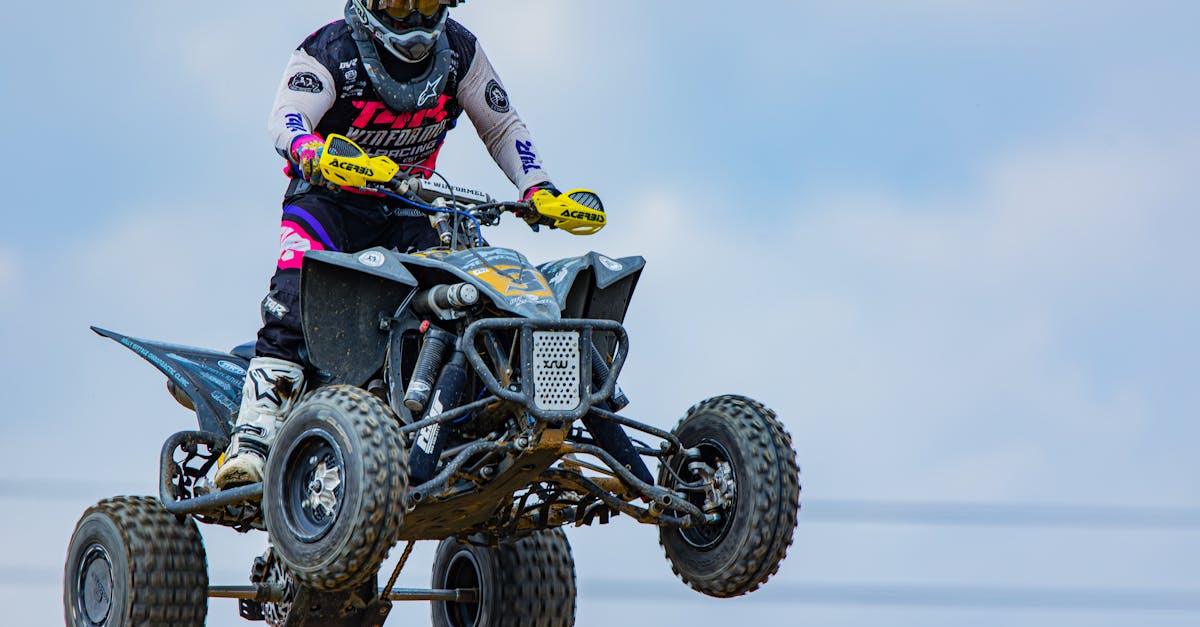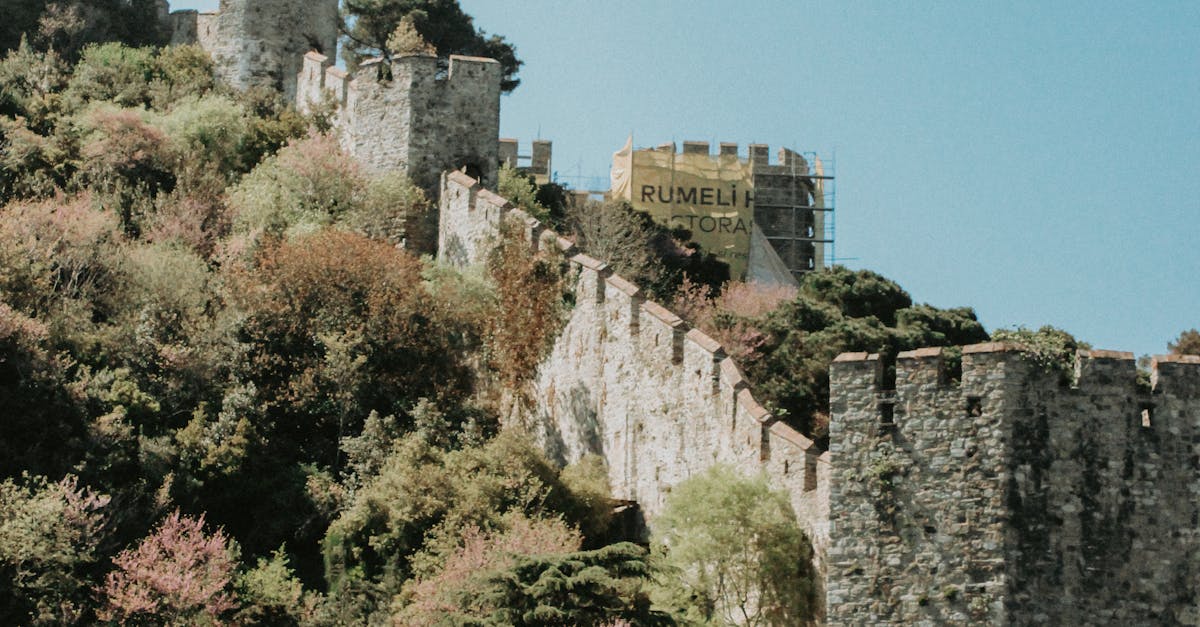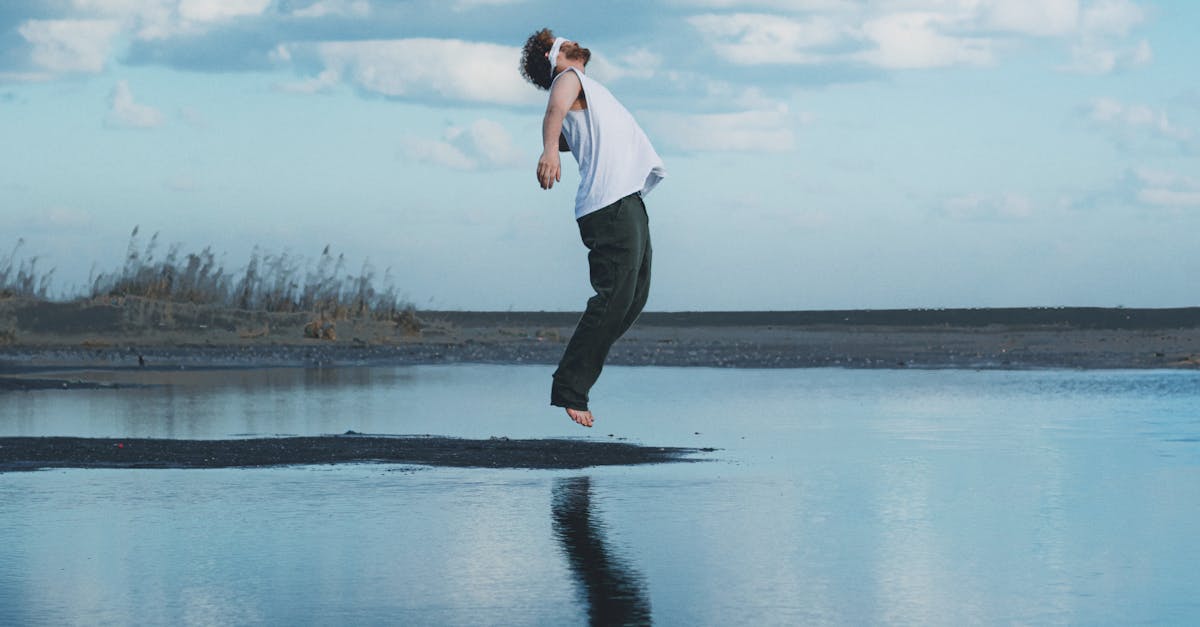
Table Of Contents
The Physics of Vertical Rides
Vertical rides, including many popular carnival attractions, operate on principles of physics that create thrilling experiences for riders. These rides commonly utilise the force of gravity to propel participants on a vertical ascent followed by a rapid descent. The mechanics behind these rides often focus on the transformation of potential energy into kinetic energy. When the ride ascends, energy is stored, and when it descends, that energy is released, resulting in a swift drop. Inflatables and carnival rides share a similar reliance on gravity, although they often incorporate bounce and elasticity rather than outright drops.
Another crucial aspect of vertical rides is the management of G-forces. Riders experience varying degrees of force during the ascent and descent, commonly feeling heavier during the downward plunge. The design of these rides takes this into account to ensure safety while maximising excitement. Inflatables and carnival rides may not replicate the same G-force intensity but can still provide thrilling sensations through their dynamic movements. Understanding how these forces interact helps both operators and ride designers create enjoyable yet safe experiences for all enthusiasts.
Understanding GForces
G-forces, or gravitational forces, are an essential component in the design and experience of rides that go up and down. As a rider is propelled upwards, the force of gravity competes with the acceleration experienced during the ride's ascent. This interaction significantly influences how the body feels during the ride, often leading to sensations of weightlessness at the peak and increased pressure during descent. It's crucial for ride designers to carefully calculate these forces to ensure safety while still delivering an exhilarating experience.
Inflatables and carnival rides often rely on the manipulation of G-forces to create fun and memorable experiences for riders. The rapid changes in velocity during the ride can lead to a thrilling mix of adrenaline and enjoyment. Understanding how these forces work not only enhances the enjoyment of the ride but also ensures that safety measures are in place to protect all participants. In both inflatable attractions and traditional carnival rides, the balance of G-forces plays a pivotal role in defining the overall thrill and excitement.
The Appeal of Carousel Rides
Carousel rides hold a special place in the hearts of many, evoking feelings of nostalgia while also providing a gentle thrill. The rhythmic movement and vibrant lights create an enchanting atmosphere, drawing in riders of all ages. This timeless amusement offers a perfect balance between excitement and safety, making it an ideal choice for families. Inflatables and carnival rides often complement the carousel experience, adding an extra layer of fun at events and fairs.
The appeal of carousel rides also lies in their design and variety. Themed animals and intricate decorations can transport riders to a whimsical world, enhancing the overall experience. These elements contribute to a sense of enchantment that continues to attract new generations. While they might seem simple compared to more intense rides, carousels resonate with a sense of joy that is hard to replicate, inviting everyone to partake in a shared moment of happiness.
Nostalgia and Fun
For many, carousel rides evoke a sense of nostalgia, transporting riders back to simpler times. The gentle rise and fall, accompanied by cheerful music, creates an enchanting atmosphere that appeals to children and adults alike. This familiar rhythm often triggers fond memories of family outings, childhood laughter, and joyous celebrations. Inflatables and carnival rides complement this experience, adding an element of playful excitement that enhances the festive atmosphere.
The charm of carousel rides lies in their ability to unite generations. Grandparents may share stories of their childhood experiences, while parents create new memories with their kids, forging bonds that last a lifetime. The whimsical designs of the carousel animals and the vibrancy of surrounding attractions, including inflatables and carnival rides, invite everyone to participate in the joy of the fair. Such experiences not only offer entertainment but also strengthen family connections through shared enjoyment and tradition.
Differences Between Drop Zones and Free Fall Rides
Drop zones and free fall rides are both thrilling attractions that utilize rapid descents to elicit excitement. While both types of rides provide an adrenaline rush, they do so through different mechanisms. Drop zones typically feature a controlled descent, often using a harness or seat system to ensure safety. Riders might feel the sensation of weightlessness for just a brief moment as they plunge downwards, only to have the ride slow them down before reaching the ground.
In contrast, free fall rides offer a more intense experience by allowing riders to drop from a higher elevation without the same gradual deceleration. The rapid drop creates a more pronounced feeling of free fall, where the absence of support heightens the thrill. Inflatables and carnival rides may offer similar thrills but usually with a different focus on safety and bounce. Ultimately, the choice between the two comes down to personal preference, as both ride types present unique twists on the concept of vertical movement.
Unique Features of Each
Drop zones and free fall rides each offer distinct experiences to thrill-seekers. Drop zones typically feature a controlled descent that allows riders to experience a brief moment of weightlessness before being gently brought back to safety. The thrill lies in the plummet from a significant height, often accompanied by stunning views. Riders often report feelings of exhilaration as adrenaline spikes during the descent, making it popular among those craving an intense rush.
On the other hand, free fall rides involve a sudden drop that mimics the sensation of free-falling through the air. These rides create a more intense experience, often with a rapid acceleration that takes riders by surprise. Inflatables and carnival rides can enhance the atmosphere, offering a festive backdrop that complements the excitement. The unique engineering of each ride contributes to its appeal, ensuring that patrons leave with memorable experiences that keep them coming back for more.
FAQS
What types of carnival rides go up and down?
The most common types of carnival rides that go up and down include drop towers, free fall rides, and carousels. Each offers a unique experience of vertical movement.
How do drop zones work?
Drop zones are designed to take riders to a significant height before they experience a sudden drop, creating a thrilling sensation of free fall. The mechanism typically involves a lift system that hoists the riders up quickly before releasing them.
Are carousel rides considered up-and-down rides?
While carousels primarily move in a circular motion, many modern versions include sections that rise and fall as they rotate, giving riders a gentle up-and-down experience.
What are g-forces experienced on vertical rides?
G-forces are the forces of acceleration felt as weight. On vertical rides, such as drop towers, riders experience varying g-forces during the ascent and descent, which can intensify the thrill of the ride.
Are there age or height restrictions for rides that go up and down?
Yes, most carnival rides have specific age and height restrictions for safety reasons. It’s important to check the ride's requirements before getting on to ensure a safe experience.




